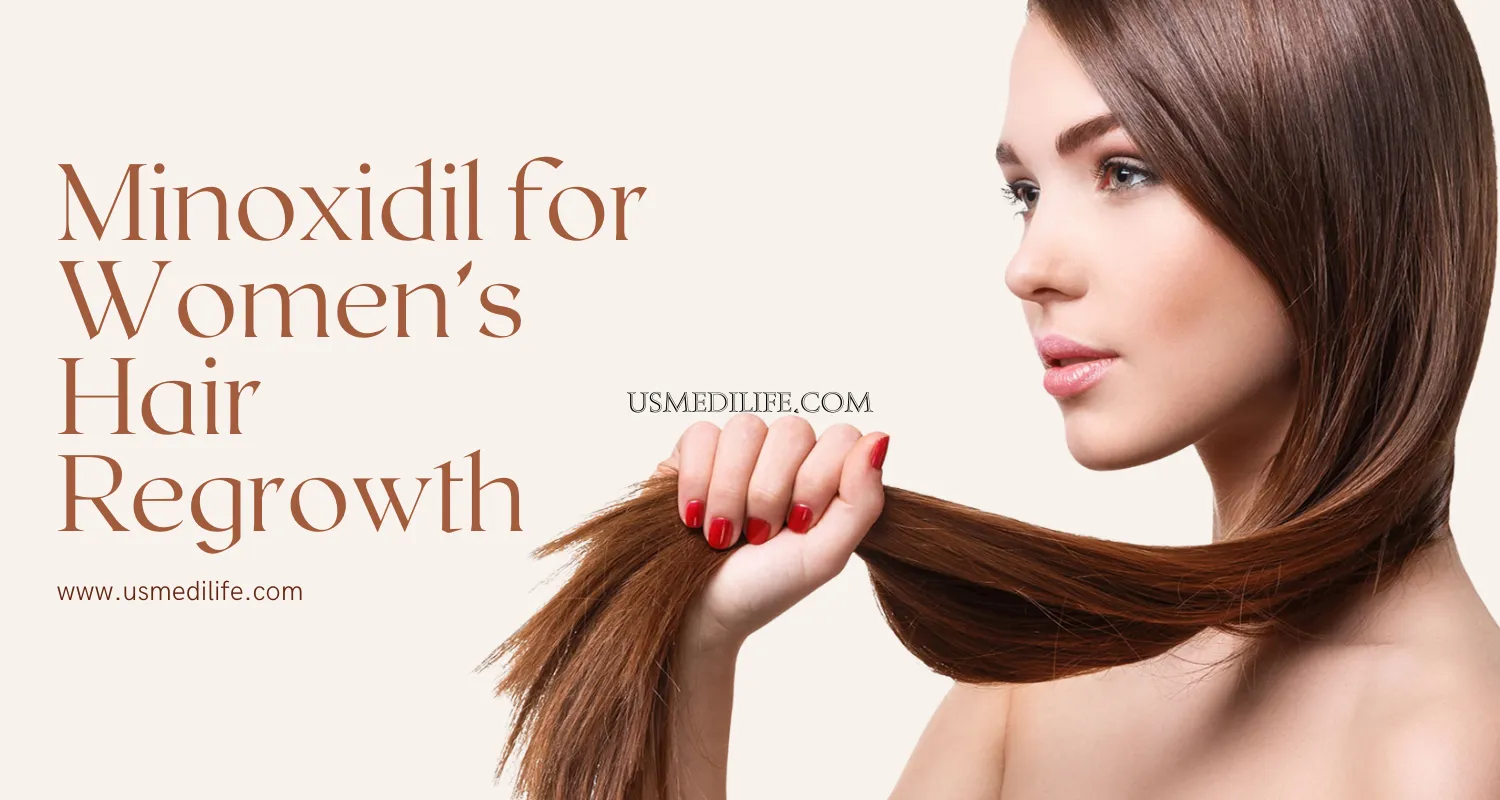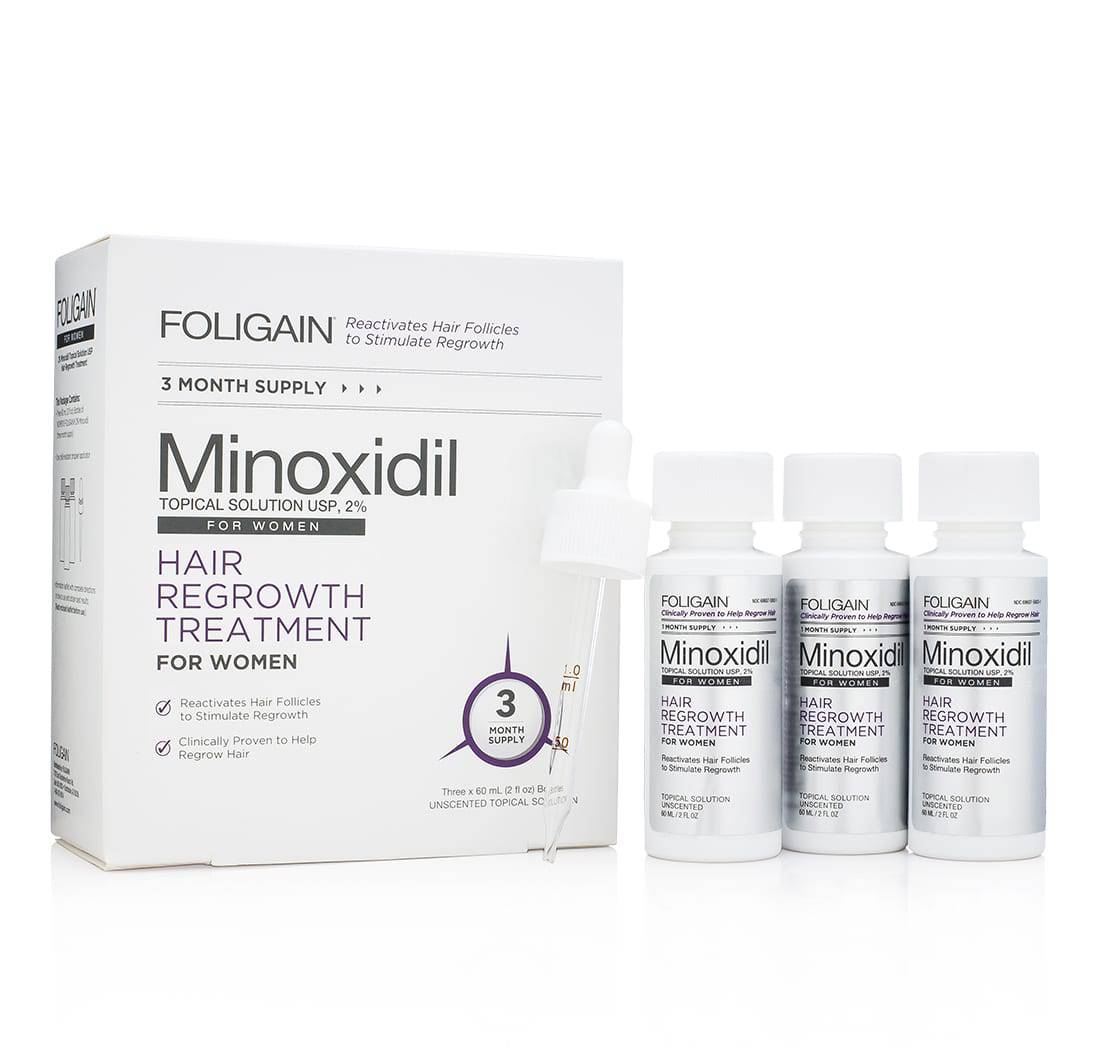
Dr. Ashwini
14-01-2025
The Benefits and Side Effects of Minoxidil for Women’s Hair Regrowth
For numerous women, experiencing hair loss can be a distressing issue that profoundly affects their sense of self-worth and overall self-assurance. Whether it's due to hormonal changes, genetics, stress, or other factors, thinning hair can affect women of all ages. Fortunately, there are treatments available, one of the most popular being Minoxidil.
Initially used to treat high blood pressure, Minoxidil is now widely known as an over-the-counter treatment for hair regrowth. But how effective is it for women, and what are the potential side effects? Let’s explore the benefits and side effects of Minoxidil for women's hair regrowth.
What Is Minoxidil?
Minoxidil is a liquid treatment that is rubbed directly onto the scalp. It was originally developed as an oral medication to treat high blood pressure, but researchers discovered that it had an unexpected side effect: it promoted hair growth. ultimately resulted in the creation of Minoxidil as a solution for combating baldness.
In 1988, the FDA approved Minoxidil for over-the-counter use to treat male-pattern baldness, and it has since been approved for use in women as well. It’s available in two main forms: a liquid solution and a foam, typically in concentrations of 2% (for women) and 5% (for men).
How Does Minoxidil Work?
Minoxidil works by stimulating hair follicles and promoting hair growth. Although the exact mechanism of action is not fully understood, several theories suggest that Minoxidil may:
- Increase Blood Flow: Minoxidil is believed to dilate blood vessels in the scalp, improving blood flow and allowing more nutrients and oxygen to reach hair follicles.
- Prolong the Anagen Phase: The hair growth cycle consists of three stages: anagen (growth), catagen (rest), and telogen (shedding). Minoxidil is believed to prolong the active growth stage of hair, resulting in increased hair length and density.
- Stimulate Hair Follicles: It may activate dormant hair follicles and encourage the growth of new hair.

The Benefits of Minoxidil for Women’s Hair Regrowth
-
Proven Effectiveness: Numerous studies have shown that Minoxidil can be effective in treating female pattern hair loss (FPHL). Women who use Minoxidil have reported noticeable improvements in hair density, thickness, and overall regrowth. The effectiveness can vary from person to person, but consistent use over several months is usually required to see results.
-
Convenient Application: Minoxidil is easy to use and can be applied directly to the scalp, where it is most needed. The foam version tends to be less messy and quicker to apply than the liquid solution.
-
Non-Prescription: Minoxidil is available over-the-counter, meaning women don’t need a prescription to access it. This makes it a convenient and accessible option for many people dealing with hair loss.
-
Safe for Long-Term Use: when used according to instructions, is typically regarded as being well-tolerated and safe over an extended period of time. Many women who use it for extended periods report maintaining or improving the results.
-
Regrowth and Thicker Hair: Minoxidil has been shown to not only promote new hair growth but also improve the thickness and quality of existing hair. It can help slow down or prevent further hair thinning, which is especially beneficial for women experiencing early stages of hair loss.
The Side Effects of Minoxidil for Women
While Minoxidil can offer significant benefits for women experiencing hair loss, it’s important to be aware of the potential side effects.
-
Scalp Irritation: Scalp irritation is a prevalent side effect associated with the use of Minoxidil. This may include itching, redness, dryness, or flaking of the skin where the solution is applied. If irritation is severe, switching to the foam version may help, as it is often gentler on the skin.
-
Unwanted Facial Hair: Some women may experience unwanted hair growth in areas surrounding the scalp, such as the forehead or face. This can happen if the medication inadvertently spreads to these areas during application. To avoid this, it’s essential to apply Minoxidil carefully, using only the recommended amount.
-
Shedding Phase (Initial Shedding): When you first start using Minoxidil, you may experience an increase in hair shedding. This is actually a sign that the product is working, as it helps to clear out old hairs to make way for new growth. However, this can be frustrating for some users, as it may take a few weeks to a few months before they start seeing new hair growth.
-
Dizziness or Lightheadedness: In rare cases, Minoxidil may cause dizziness, lightheadedness, or fainting, especially when standing up quickly. This can be due to the vasodilation (dilation of blood vessels) effect of Minoxidil, which affects blood pressure.
-
Heart Palpitations: Some individuals may experience a rapid heartbeat or palpitations, though this side effect is relatively uncommon.
-
Contact Dermatitis: Some people may develop contact dermatitis, an allergic reaction that causes skin redness, itching, and inflammation. This can be a serious side effect and would require discontinuation of the product.

Tips for Safe Use of Minoxidil
To maximize the benefits and minimize the risk of side effects, consider the following tips:
- Use as Directed: Stick to the recommended dosage. Applying more than the instructed amount won’t speed up results and can increase the likelihood of side effects.
- Be Consistent: It’s important to apply Minoxidil consistently every day. Missing applications can delay or reduce effectiveness.
- Allow it to Dry: After applying Minoxidil, allow it to dry completely before touching your hair or scalp to avoid spreading the product.
- Consult a Doctor: If you have a history of heart problems, blood pressure issues, or other health concerns, consult with your healthcare provider before starting Minoxidil.
Conclusion
Minoxidil is a proven, effective treatment for women experiencing hair loss, particularly for those with female pattern hair loss. While it offers significant benefits, such as promoting hair regrowth and increasing thickness, it is not without potential side effects. Women considering Minoxidil should be aware of the possibility of scalp irritation, unwanted facial hair, and other rare side effects.
As with any treatment, it’s important to weigh the benefits against the risks and consult a healthcare provider if necessary. With proper use, Minoxidil can be a powerful tool in the fight against hair loss, helping women regain fuller, thicker hair and restore their confidence.


